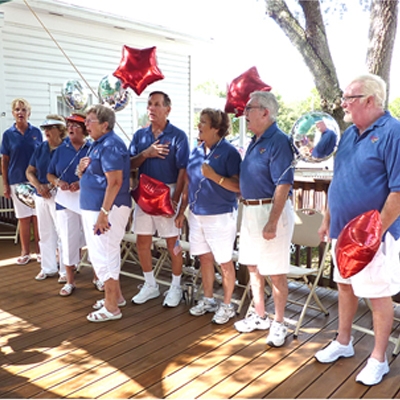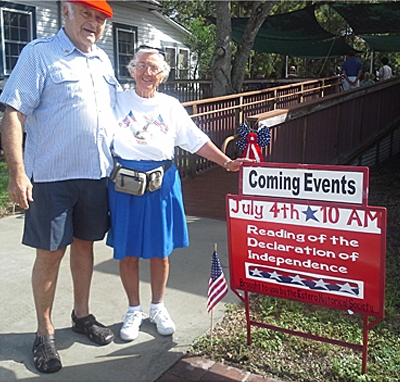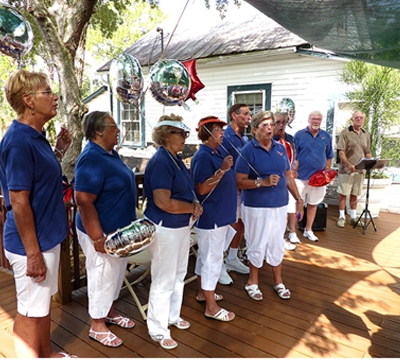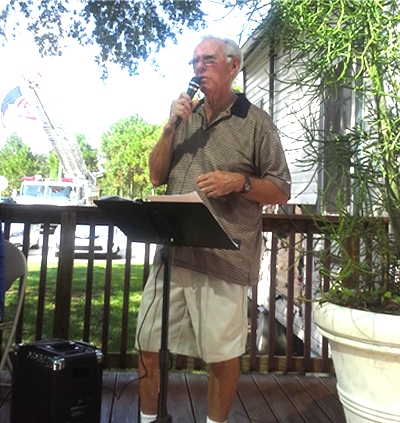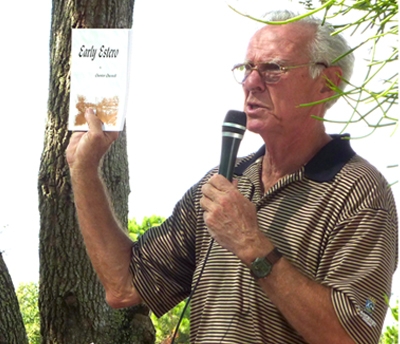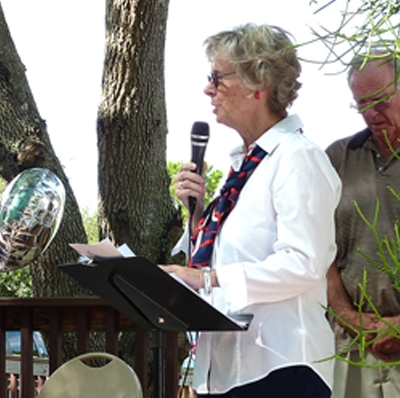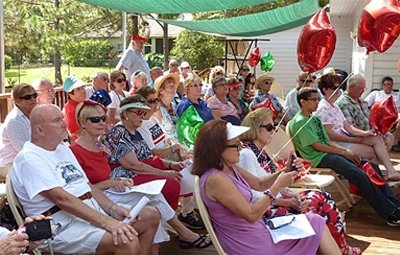“In the waning years of their lengthy lives, former presidents (and Founding Fathers) John Adams and Thomas Jefferson reconciled the political differences that had separated them for many years and carried on a voluminous correspondence. One of the purposes behind their exchange of letters was to set the record straight regarding the events of the American Revolution, for as author Joseph J. Ellis noted, they (particularly Adams, whom history would not treat nearly as kindly as Jefferson) were keenly aware of the “distinction between history as experienced and history as remembered”:
Adams realized that the act of transforming the American Revolution into history placed a premium on selecting events and heroes that fit neatly into a dramatic formula, thereby distorting the more tangled and incoherent experience that participants actually making the history felt at the time. Jefferson’s drafting of the Declaration of Independence was a perfect example of such dramatic distortions. The Revolution in this romantic rendering became one magical moment of inspiration, leading inexorably to the foregone conclusion of American independence.
Evidently Adams was right: So great is our need for simplified, dramatic events and heroes that even the real-life biographies of the fifty-six men who risked their lives to publicly declare American independence are no longer compelling enough. Through multiple versions of their lives have been repeatedly embellished with layers of fanciful fiction to make for a better story.”
Be sure to come next July 4th to hear some of the REAL stories of what happened to the 56 men who signed the Declaration of Independence.



